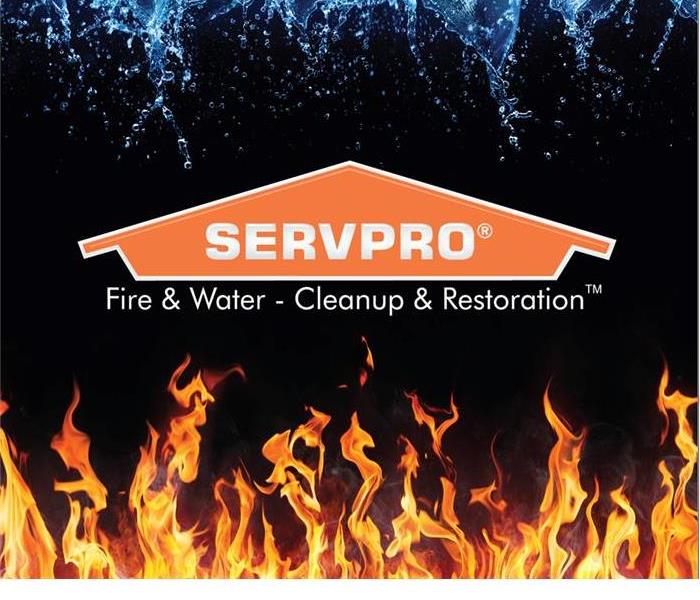SERVPRO of North Rensselaer/ South Washington Counties explains what fires are made of!
4/8/2022 (Permalink)
Chemical structure of Fire
Fire is the outcome of a chemical reaction called combustion. At a definite time in the ignition reaction, called the ignition point, flames are formed. Flames consist primarily of carbon dioxide, water vapor, oxygen, and nitrogen.
State of Substance of Fire
In a candle flame or small fire, most the matter in a flame consists of hot gases. An extremely hot fire discharges enough energy to ionize the gaseous atoms, forming the state of matter called plasma. Examples, of flames that contain plasma include those produced by plasma torches and the thermite reaction.
Why Fire is hot.
Fire radiates heat and light because the chemical reaction that produces flames is exothermic. In other words, combustion releases more energy than is needed to ignite or sustain it. For combustion to occur and flames to form, three things must be present: fuel, oxygen, and energy (usually in the form of heat). Once energy starts the reaction, it continues so long as fuel and oxygen are present.
If you would like to hear more about Fire restoration and the science behind it, Give SERVPRO of North Rensselaer/South Washington Counties a call. We would be glad to help. So give us a call at 518-677-3444!






 24/7 Emergency Service
24/7 Emergency Service
